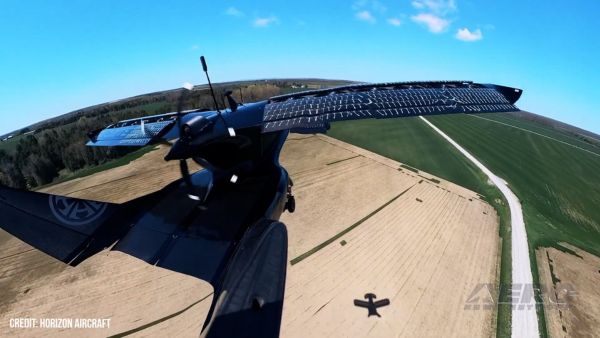AOPA Shows There Is No Funding Shortfall
After gathering the
facts and crunching the numbers — using nothing less than the
Bush Administration's estimates — AOPA has launched its
effort to spread the facts about the FAA's funding "crisis" and
combat the fiction that is being propagated by the FAA and the
airlines.
AOPA President Phil Boyer started the push on Wednesday in San
Diego with the American Association of Airport Executives (AAAE), a
professional organization for airport executives that represents
management ranging from small GA airports to large commercial
airports. More than 500 executives were on hand for Boyer's address
during their annual conference.
"AOPA and AAAE are working together on a number of issues,"
Boyer told the enthusiastic, appreciative crowd, citing the two
organizations' efforts against the Bush Administration's budget cut
of almost $1 billion from the Airport Improvement Program. But he
also pointed out that there is a larger threat:
"Looming on the horizon for aviation is the threat of user
fees," being fueled by the expiration of the current funding
mechanism of excise taxes for the FAA budget.
"What is the problem we are trying to solve?" That is the
fundamental question in the FAA funding issue, Boyer told the
group.
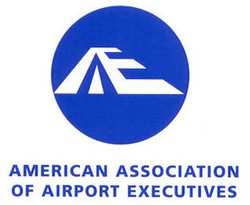 Each party to this debate has a
separate answer. The FAA wants to reduce congressional control; the
Bush Administration wants to cut funding; the airlines want
control; the airline passengers want good service; and Congress
just wants to make it through the year. So who's really trying to
figure out what's best for the pilots who use the National Airspace
System?
Each party to this debate has a
separate answer. The FAA wants to reduce congressional control; the
Bush Administration wants to cut funding; the airlines want
control; the airline passengers want good service; and Congress
just wants to make it through the year. So who's really trying to
figure out what's best for the pilots who use the National Airspace
System?
That's where AOPA comes in — with the facts.
There Is No Funding Shortfall
Contrary to those who say the system is going broke, by AOPA's
most conservative view, and using White House budget office
estimates, the aviation trust fund could have a $4.2 billion
surplus by 2011. And by AOPA's most liberal estimates, it could
reach $9.3 billion by that time.
As for the airlines' claim that the aviation trust fund would
shrink because ticket prices are declining...that's fiction as
well.
Boyer showed the airport executives articles from
BostonHerald.com, CNN.com, and USA Today that show ticket prices
are up. In fact, CNN.com cited the Air Transport Association (ATA)
— the AOPA of the airline industry — on the issue in an
April 12 article, "The ATA says prices are up more than 10 percent
year-over-year."
Aviation finance expert Daryl Jenkins even says they are up:
"Today's economic climate is allowing airlines to raise fares,
which means — especially when passengers are flying —
that revenue from the existing ticket tax will increase. During the
last 12 calendar months, there [were] more than 30 attempts by the
airlines to raise fares, and at least 17 were 'successful.'"
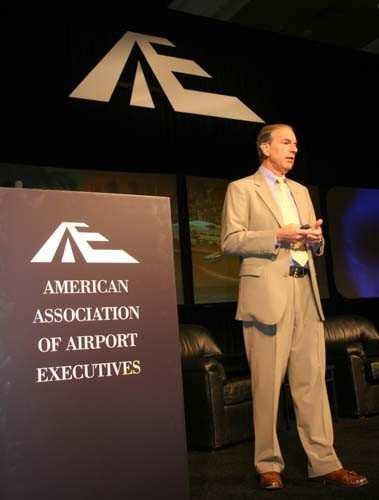
The Airlines Would Do A Lousy Job Of Running The ATC
System
The airlines say they have a solution to this "funding crisis"
— all Congress has to do is listen to them.
According to the ATA, "Congress must determine and impose a
specific schedule of mandatory user charges — directly and
proportionately linking the system costs...."
"The airline industry has proven in recent years they can't run
their own businesses — so why are they telling Congress what
it must do?" Boyer asked. "Congress must remain as the 'board of
directors.'"
US ATC System Is One Of A Kind
FAA Administrator Marion Blakey, in an attempt to sell a changed
funding pattern, has been stating that the United States was one of
only a couple dozen countries in the world that did not charge for
the actual cost of ATC services. But, as Boyer pointed out, that's
a good thing.
"It's the safest, most efficient in the world, and the national
economy benefits from our leadership in aviation," Boyer said.
"Just look at the facts: In 2005, the United States had nine times
more departures than United Kingdom and four times more airports
than Brazil. And general aviation is a large part of the U.S.
aviation industry. In 2004, 68 percent of all aircraft in the
country were GA."
The U.S. ATC system — created specifically for the
airlines — is also the world leader when it comes to cost
effectiveness. In 2005, the United States had the lowest cost per
IFR operation — only $171.93. Now compare that to Germany, a
country that is the size of Montana: $396.31, and the Netherlands,
which is two times the size of New Jersey: $553.85.
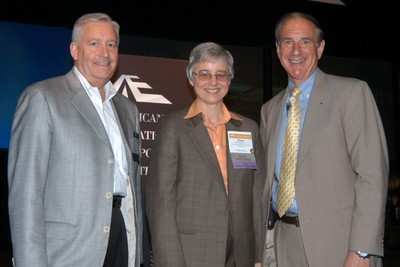
ATC Modernization Would Reduce Costs
Boyer pointed out that we must also look at ways to reduce costs
of operating the air traffic system, prior to calling on Congress
to change the funding system.
Projects that are already under way, like the modernization of
flight service stations and the elimination of unnecessary or
redundant navigation aids, are perfect examples of cutting costs
and modernizing the ATC system at the same time.
Improvements in technology also can reduce costs. An effort
already is in progress to replace today's costly radar system with
an automatic dependent surveillance-broadcast (ADS-B) system that
provides more reliable, complete coverage for pilots and air
traffic controllers.
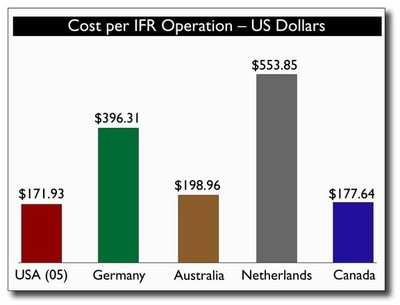
"There is a lot of misinformation going around," Boyer said.
"But the facts speak for themselves: There will be a trust fund
surplus by 2011; modernization is an enabler for reducing ATC
system costs; airline ticket prices are rising; and the current ATC
system is the safest, most efficient system in the world.
"Let's keep Congress serving as the 'board of directors' and
keep our National Airspace System the leader of the pack."
 Aero-News: Quote of the Day (05.25.25)
Aero-News: Quote of the Day (05.25.25) Classic Aero-TV: Efficient Versatility -- NASA GL-10 Greased Lightning
Classic Aero-TV: Efficient Versatility -- NASA GL-10 Greased Lightning NTSB Prelim: Cessna 525
NTSB Prelim: Cessna 525 Klyde Morris (05.23.25)
Klyde Morris (05.23.25) Airborne-NextGen 05.20.25: Drone Regs, Zero-Emission Cargo, Door-Dash Drone
Airborne-NextGen 05.20.25: Drone Regs, Zero-Emission Cargo, Door-Dash Drone




